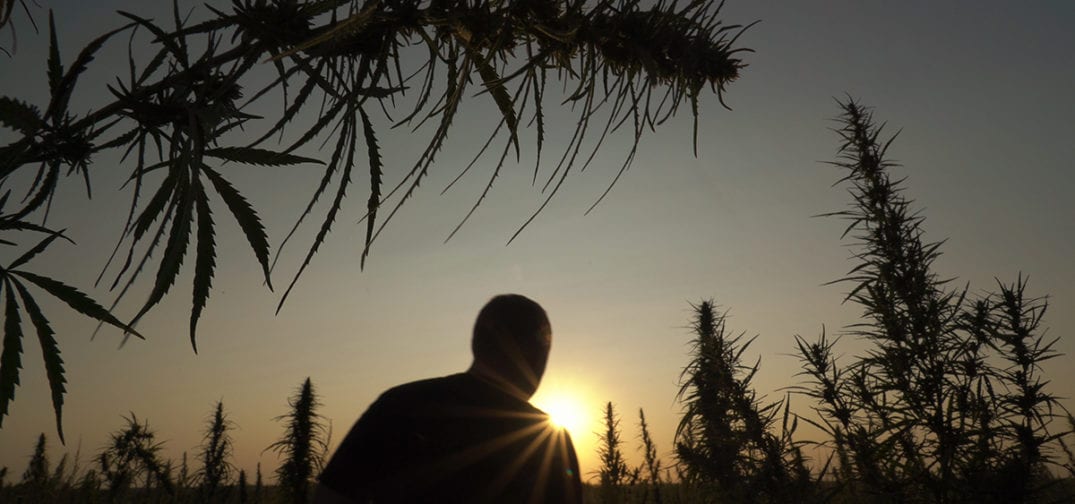Hemp cultivation acreage in the U.S. has fallen 9 percent since 2019 but the number of entities and individuals licensed in their state to grow the crop rose 27 percent, according to a Hemp Industry Daily report. As of June 18, there were 465,787 total licensed hemp acres for the 2020 season, compared to 511,442 last year.
According to the report, Colorado has licensed 62,208 acres of hemp for this year – the most of any state – followed by Tennessee (51,000), Arizona (34,035), Kentucky (32,106), and New York (29,985) rounding out the top five.
Last year, the 34 states that allowed hemp cultivation issued 16,877 licenses while this year, states have licensed 21,496 growers, according to Vote Hemp data outlined in the report. Compared to 2018, states issued 476 percent more licenses in 2019. Not all states require processor licenses, but 4,485 such licenses have been issued in states that require them.
Vote Hemp President Eric Steenstra warned, though, that while “licensing is a good indicator to show intent,” it doesn’t always equate to more cultivated plants or end-products.
“We know from previous years that significantly less hemp is planted than what is licensed due to a variety of factors, including access to seed and clones, a lack of financing as well as inexperience.” – Steenstra to Hemp Industry Daily
Most of the hemp grown in the U.S. is cultivated in a greenhouse, according to the report citing Greenhouse Grower figures estimating the largest 100 greenhouse hemp producers in the U.S. account for nearly 220 million square feet of hemp cultivation, compared to 93,666,091 square feet of outdoor cultivated hemp.
According to U.S. Department of Agriculture data, the agency has approved hemp plans for 17 states – as required under the 2018 federal hemp legalization law – and the U.S. Virgin Islands. Another 24 states are operating under their 2014 pilot program rules. The agency has also approved hemp production plans for 32 Native American tribes.
Get daily cannabis business news updates. Subscribe
End
